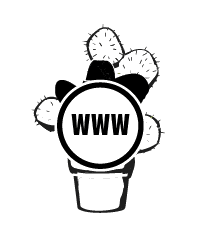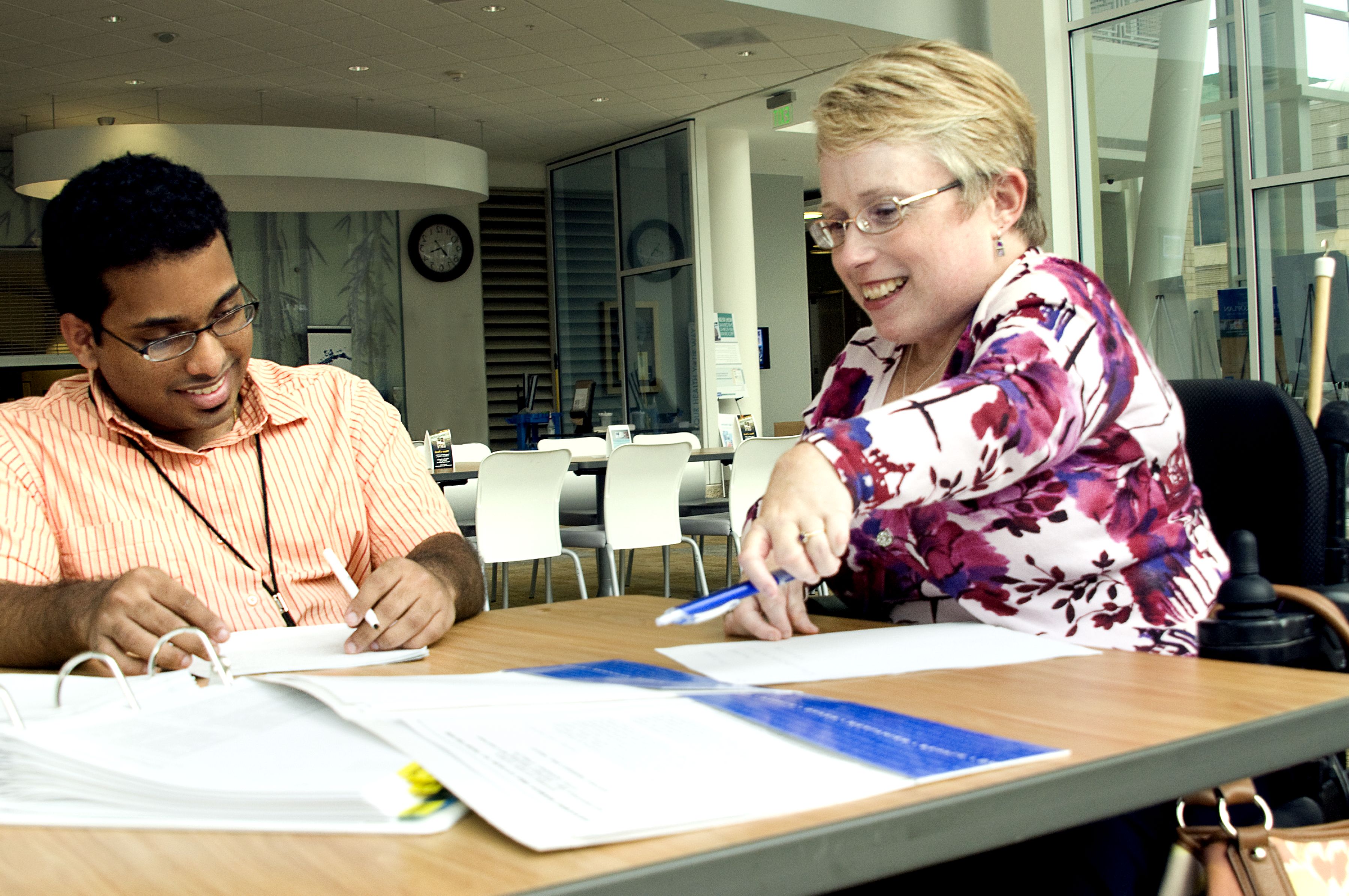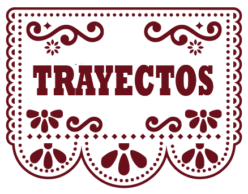 Introducción al proyecto
Introducción al proyecto
The objective of this assignment is for you and your classmates to develop a magazine that introduces the members of the class (e.g., who they are; where they are from; what they’re like; their likes, activities, hobbies, etc.) to Spanish speakers in this country and abroad. Each student will work on their personal profile throughout the instructional modules of this volume. The work will be divided into three different parts.
The instructions offered in these sections will be complemented with those provided by your instructor.
Primera parte: Mi vida académica
In this module you will express who you are as a student in Spanish.

I. Antes de escribir
Use the questions that follow to organize your ideas. Your instructor can help you with words or constructions that are unfamiliar to you.
- ¿Cuál es tu nombre?
- ¿De dónde eres? (mention city/state)
- ¿Cómo se llama tu universidad?
- ¿Cuál es tu especialización (major)?
- ¿Qué clases tomas este semestre?
- ¿Qué días y a qué hora son tus clases?
- ¿Dónde estudias generalmente? ¿Por qué? (Your instructor can help you answer this question)
- ¿Cuál es tu lugar favorito en la universidad? ¿Por qué? (Your instructor can help you answer this question)
II. A escribir
Now write your paragraph and…
- Remember to use the vocabulary from this module and Módulo introductorio.
- Pay attention to gender and number when you use articles and nouns (e.g., la profesora), and to the correct verb conjugations (e.g., yo estudio, mis amigos y yo trabajamos).
- Use connectors and conjunctions to connect your ideas. For example, use y, también (also), además (also), pero (but). Your instructor can help you to use these words correctly.
Complement your paragraph with:
- At least one photo that shows you in an academic activity (e.g., taking classes, studying at the library)
- Additional photos (a maximum of two) of: 1. Your favorite part of campus; 2. Anything about your university that you like
- If you use photos that you have not taken, please do not forget to cite the source. We recommend that you use open images (i.e., copyright free). You can find this type of images using the search engine offered by Creative Commons (https://search.creativecommons.org/). Also, you need to provide attributions for all of them. To learn more about Creative Commons licenses and how to cite the open materials you find, see https://creativecommons.org/licenses/ and http://bit.ly/CreativeCommonsAttr.
III. Después de escribir
Now read your paragraph, and focus on the following:
- Content: Have you included all the information required? Are your photos big and clear enough to convey your message?
- Grammar:
- Articles and nouns: Do they agree in gender and number?
- -ar verbs: Have you conjugated your -ar verbs correctly?
- Cohesion: Have you connected your ideas with the suggested connectors and conjunctions?
Go over your text, improve it, and write a new, polished version.

